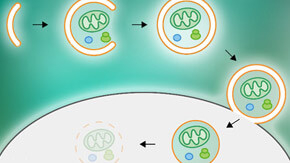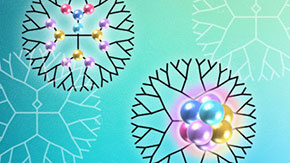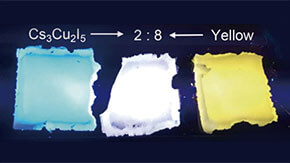Tokyo Tech Bulletin is an email newsletter introducing Tokyo Tech's research, education, and students' activities. The latest edition, "Tokyo Tech Bulletin No. 51," has been published.
To get the most recent news from the Institute directly to your inbox, subscribe to Tokyo Tech Bulletin now.
now.
SPECIAL TOPICS

Quantum science and technology
Unlocking the quantum world to surpass the limits of the present
Over the past few years, a new research field has arisen at Tokyo Tech called "quantum science and technology." But what exactly is quantum science and technology and why are we talking about it? We interviewed the Dean of the School of Engineering, Nobuyuki Iwatsuki, who plays a central role in promoting the advancement of this exciting field.

Dormitory life at Tokyo Tech
Residents share experiences and advice for prospective students
Student dormitory residents and the Institute's Student Support Division provide an inside look at dorm life and offer advice for prospective residents, including what to expect and how to apply.

I want to do things differently from other people and live creatively -- Alexis André
I want to do things differently from other people and live creatively -- Alexis André
Fifteen years ago, a young man from France left his hometown and came to Tokyo Tech. At our school, he overcame difficulties and obtained his doctoral degree through the Tokyo Tech graduate program. Today, he has started to provide the world with a series of results from unique research that is a blend of art and computer science.
Research
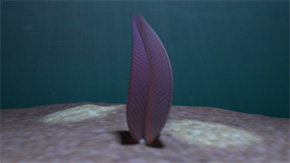
Piecing Together the Narrative of Evolution
EON postdoctoral fellow Jennifer Hoyal Cuthill's work looking at fossil records of the Ediacaran to shed light on the evolution of early life in the early Earth's environment.
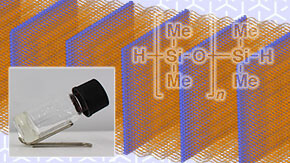
No Assembly Required: Self-assembling Silicone-based Polymers
Scientists at Tokyo Tech, RIKEN and Tohoku University have developed a silicone polymer chain that can self-assemble into a 3D periodic structure. They achieved this by using their recently reported self-assembling triptycene molecules to modify the ends of the polymer chains.
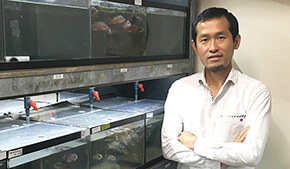
A pheromone-sensing gene that predates land-dwelling vertebrates
Scientists at Tokyo Tech have discovered a gene that appears to play a vital role in pheromone sensing. The gene is conserved across fish and mammals and over 400 million years of vertebrate evolution, indicating that the pheromone sensing system is much more ancient than previously believed. This discovery opens new avenues of research into the origin, evolution, and function of pheromone signaling.
In the spotlight
. Any information published on this site will be valid in relation to Science Tokyo.






